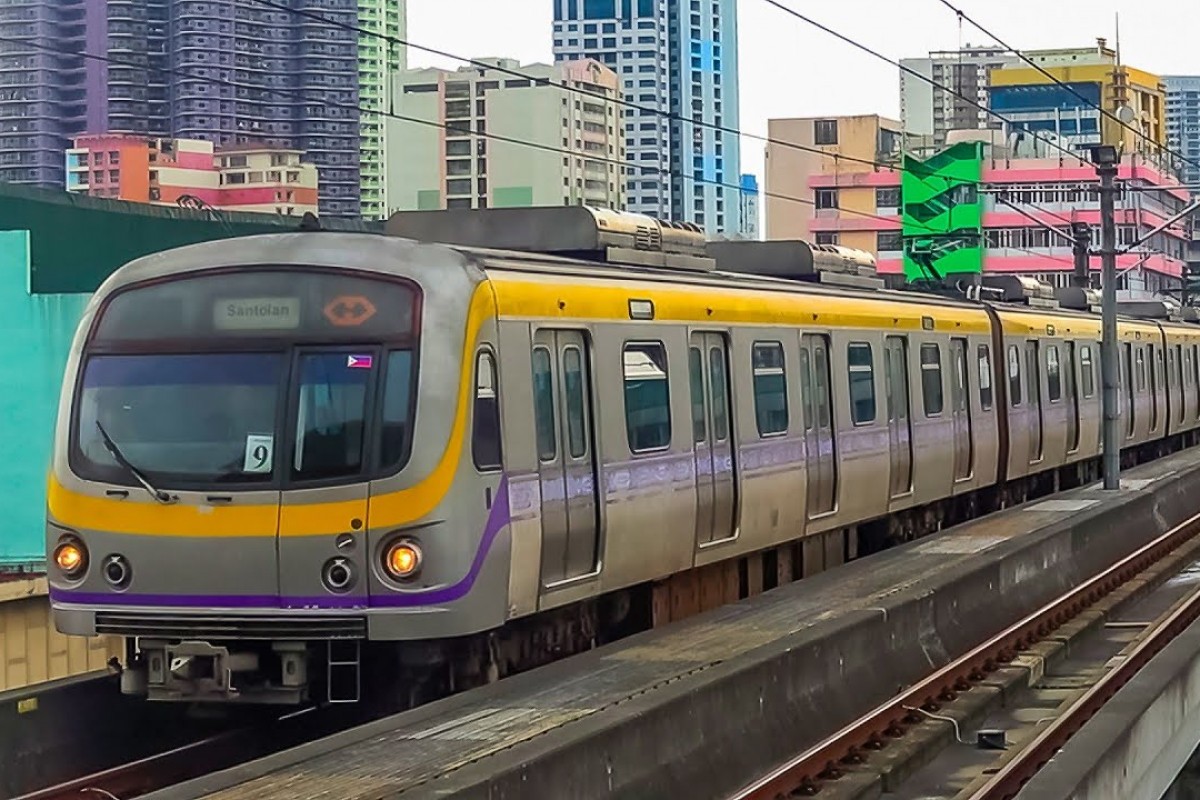The Rail System in The Philippines is a critical component of modern infrastructure, shaping the way people and goods move across the country. This blog post explores the historical development, challenges, and revival of rail transportation in the Philippines. We’ll also delve into the advantages of the modern rail system and innovative solutions, such as aluminum suspension and concealed rail systems, making it more efficient and sustainable.
II. The History of Rail Systems in The Philippines
The Philippines’ rail history dates back to the late 19th century, with the first lines constructed for various purposes, including sugar and tobacco transportation. Over the years, the country witnessed the establishment of the North Main Line, South Main Line, and other critical rail corridors.
III. Challenges and Revival of Rail Transportation
Despite its historical significance, rail transportation faced significant challenges over the years. Neglect, underinvestment, and competing modes of transportation contributed to its decline. However, recent efforts and investments have rekindled hope for the revival of the Philippine rail system.
IV. The Modern Philippine Rail System
Today, the Philippines boasts a modern rail system that includes the Philippine National Railways (PNR) and numerous planned projects. These projects aim to connect major cities, ease congestion, and enhance transportation efficiency.
V. Advantages of the Rail System
The rail system offers numerous advantages. It reduces traffic congestion, lowers emissions, and contributes to economic growth by connecting regions. As the Philippines continues to develop, a robust rail network plays a pivotal role in ensuring efficient transportation.
VI. Innovative Solutions in Rail System Technology
In recent years, the introduction of innovative solutions, such as aluminum suspension and concealed rail systems, has significantly improved the efficiency and safety of the Philippine rail system. These solutions are versatile and customizable, providing efficient access to heights and blending seamlessly into architectural settings.
VII. Applications and Advantages of Aluminum Suspension Rail Systems
Aluminum suspension rail systems are a game-changer for maintenance and access solutions. They offer flexibility, with the ability to access heights ranging from 5 to 300 meters. These systems are equipped with trolleys for smooth and controlled movement along the rail’s flange, allowing manual operation, motorized assistance, or battery-powered options.
VIII. Applications and Advantages of Concealed Rail Systems
Concealed rail systems harmonize with architectural settings and are designed to blend into the building’s aesthetics. They can be customized with curved configurations and powder coating, providing discreet and efficient access. These systems are compatible with various equipment and personnel, making them versatile solutions for a wide range of applications.
IX. Sustainability and Environmental Impact
The rail system in the Philippines is also contributing to sustainability efforts. It reduces carbon emissions and aligns with eco-friendly transportation solutions, making it an essential component of the country’s environmental goals.
X. Future of Rail Transportation in the Philippines
With ongoing and planned rail projects, the future of rail transportation in the Philippines looks promising. These projects aim to improve connectivity, commerce, and urban planning, solidifying the role of rail transportation in the country’s future.
Takeaway
The Philippine rail system is not just a means of transportation; it’s a symbol of progress and development. As the country invests in its rail infrastructure, we can look forward to a more efficient, sustainable, and connected future. Stay informed about the latest developments and be a part of this transformative journey.

